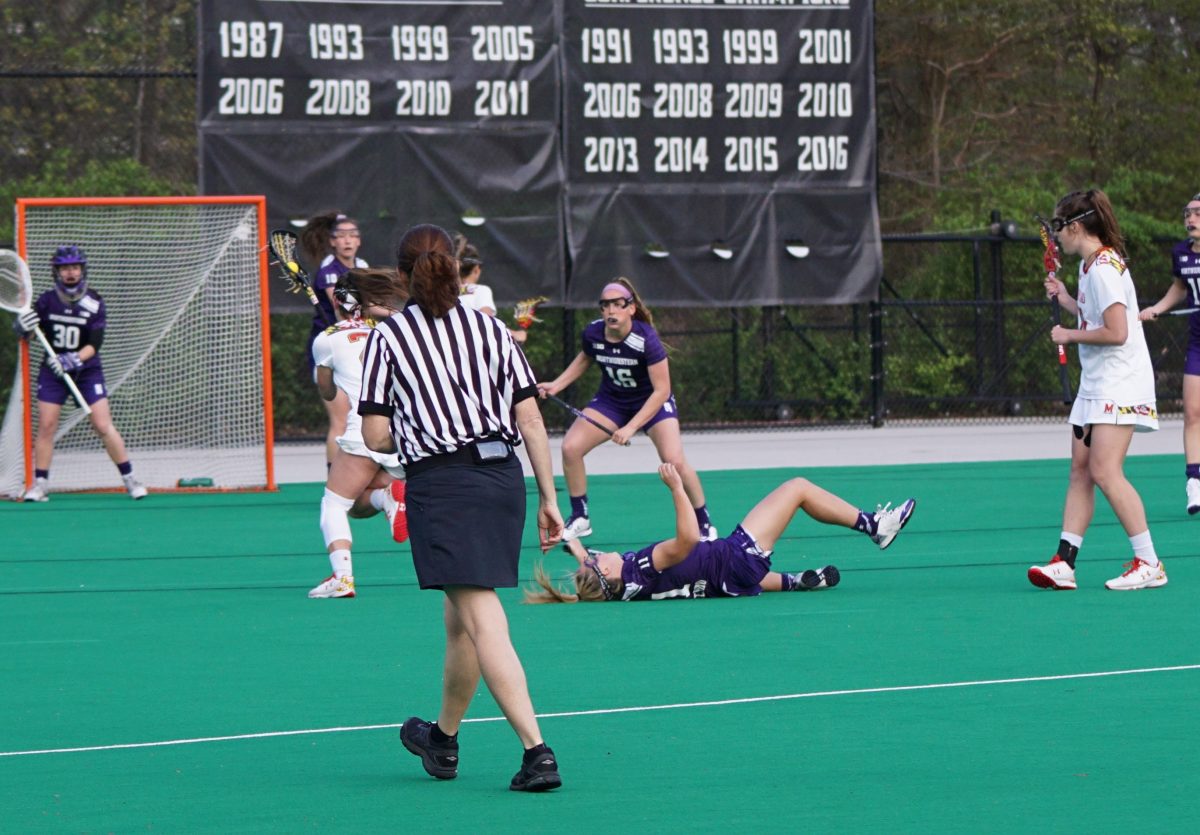Hockey, like any other physical sport, carries a risk of injury for its players. These injuries can range from minor ailments to more severe and long-term conditions. The impact of injuries on a hockey player’s career can be significant, affecting their performance, playing time, and overall trajectory in the sport. In this blog post, we will delve into the topic of hockey injuries and explore how they can influence a player’s career.
Types of Hockey Injuries
Hockey players are exposed to various types of injuries due to the fast-paced and physical nature of the game. Common hockey injuries include concussions, sprains and strains, fractures, ligament tears (such as ACL and MCL injuries), and shoulder injuries. Each injury has its own implications and recovery timelines, which can greatly influence a player’s career trajectory.
Short-Term Impact
Minor injuries or shorter-term ailments can result in temporary setbacks for a player. These injuries may lead to missed games or reduced playing time while the player recovers. In such cases, a player’s performance may be affected upon their return, as they may need time to regain their form, confidence, and physical capabilities. However, with proper rehabilitation and recovery, players can often bounce back and resume their careers relatively unscathed.
Long-Term Effects
Severe injuries can have more lasting effects on a player’s career. For instance, a career-threatening injury, such as a major knee or shoulder injury, can require extensive surgeries, rehabilitation, and prolonged absence from the game. In some cases, players may struggle to regain their pre-injury level of performance, leading to a decline in their playing ability and potential impact on their career longevity.
Psychological Impact
Injuries not only have physical ramifications but can also take a toll on a player’s mental and emotional well-being. Dealing with the pain, uncertainty, and frustration of being sidelined can be challenging for athletes. The fear of reinjury or concerns about their ability to perform at their previous level may impact their confidence and overall mindset. Mental health support and proper guidance are essential to help players navigate these challenges and maintain their career aspirations.
Rehabilitation and Recovery
Rehabilitation and recovery play a crucial role in an injured player’s journey back to the game. Depending on the severity of the injury, rehabilitation can involve physical therapy, strength training, and conditioning to regain strength, flexibility, and agility. The length and effectiveness of the rehabilitation process vary for each individual and injury type. A well-structured recovery plan, adherence to medical advice, and professional support are vital for maximizing the chances of a successful return to the sport.
Career Transitions and Adaptations
In some cases, severe injuries may force players to make career transitions or adaptations. If a player is unable to return to their previous level of play due to an injury, they may need to explore alternative career paths within or outside of the sport. This could involve transitioning into coaching, sports broadcasting, or pursuing educational opportunities related to sports management or therapy. Adapting to new roles can help players remain involved in the game and contribute to its growth and development.
Challenges Faced by Injured Hockey Players
Career-Ending Injuries
Certain injuries in hockey can be so severe that they effectively end a player’s career. These career-ending injuries may include traumatic head injuries, spinal cord injuries, severe knee or shoulder damage, or repetitive injuries that cannot be adequately resolved or managed. When faced with such injuries, players often find themselves forced to retire prematurely, disrupting their dreams and aspirations within the sport.
Physical Limitations and Decline
Even if an injured player manages to return to the game, they may face lingering physical limitations that hinder their performance and overall effectiveness on the ice. Injuries can result in a decline in speed, agility, strength, or coordination, which are critical attributes for success in hockey. As a result, players may struggle to regain their previous level of play, leading to reduced playing time, diminished roles within teams, and ultimately, the risk of career loss.
Psychological and Emotional Impact
The psychological and emotional toll of career-threatening injuries cannot be overlooked. Hockey players invest significant time, effort, and passion into their sport, and when injuries disrupt their careers, they often experience a profound sense of loss, frustration, and even depression. The abrupt end or decline of their playing days can leave them grappling with questions of identity, purpose, and their place in the hockey community.
Financial Consequences
Career loss due to injuries can also result in significant financial implications for players. Hockey contracts are typically structured based on performance and longevity in the league. When injuries cut short a player’s career, they may face challenges in securing future contracts, losing out on potential earnings and financial stability. The sudden change in financial circumstances can add further stress and uncertainty to an already difficult situation.
Transitioning and Finding New Paths
For players facing career loss, transitioning into a new phase of life becomes necessary. It involves finding alternative career paths and building a new identity beyond the ice. Many former players explore opportunities in coaching, scouting, broadcasting, or other roles within the hockey industry. Others may pursue education or professional development in unrelated fields. The transition process can be challenging, but it offers a chance for reinvention and a new purpose beyond the playing career.
Support Systems and Rehabilitation
Building a strong support system is crucial for injured players facing career loss. Rehabilitation programs, medical experts, mental health professionals, and supportive teammates, friends, and family members play a vital role in helping players navigate the physical, emotional, and psychological challenges associated with their injuries. Access to comprehensive resources and a network of support can facilitate a smoother transition and aid in the healing process.
Rehabilitation Challenges
Recovering from a career-threatening injury in hockey often involves undergoing extensive rehabilitation programs. These programs aim to restore physical function, improve strength and mobility, and address any lingering issues caused by the injury. However, the road to recovery can be long and arduous, requiring immense dedication, discipline, and patience from the injured player. It may involve multiple surgeries, countless hours of physical therapy, and ongoing monitoring to ensure progress is made. Rehabilitation challenges can further exacerbate the difficulties faced by players dealing with career loss.
Loss of Identity and Purpose
For many hockey players, their identity and sense of purpose are deeply intertwined with their careers in the sport. When faced with career loss due to injuries, they experience not only a loss of their physical abilities but also a loss of the roles, routines, and camaraderie associated with being a professional athlete. Adjusting to a new identity and finding a sense of purpose outside of the game can be a profound emotional and psychological journey.
Impact on Mental Health
The mental health implications of career loss due to injuries cannot be underestimated. The emotional toll of losing a cherished career, the uncertainty of the future, and the challenges of adapting to a new life can contribute to anxiety, depression, and other mental health struggles. It is essential for injured players to have access to mental health support and resources to address these challenges effectively.
Conclusion
Hockey injuries can significantly impact a player’s career, ranging from short-term setbacks to long-term effects that may alter the trajectory of their professional journey. While some players are able to overcome injuries and resume their careers, others may face challenges in returning to their previous level of performance. It is crucial for players to receive appropriate medical care, rehabilitation, and mental health support during the recovery process. Ultimately, the determination, resilience, and support systems surrounding the injured player are vital in shaping their career outcomes in the aftermath of an injury.











